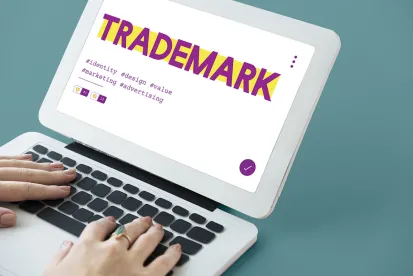Trademark owners have already faced a number of changes since the Trademark Modernization Act (“TMA”) first began to take effect in 2021. However, it’s a small change to the provisions regarding attorney representation at the US Trademark Office that may have the most costly impact to trademark owners and lead to an unintended loss of rights.
The provision is 37 CFR § 2.18, which provides the guidelines as to whom the Trademark Office will correspond with about the filed trademark, both during prosecution and after registration. The guidelines have always stated that the attorney client relationship at the Trademark Office “ends” at registration. Prior to the TMA though, the Trademark Office would still send notifications of renewal deadlines and Petitions to Cancel registrations filed by third parties to the attorney still listed on the file.
That changed following the implementation of the TMA, when, in 2022, the Trademark Office started only sending notices of Petitions to Cancel to the owner currently identified in the registration record and removing the attorney information completely from the record. This may have huge ramifications such as potentially resulting in the loss of rights when the trademark owners fail to respond and Default Judgment is issued because they did not receive a notice.
It would not take much for this “worst case scenario” to arise. Trademarks have to be renewed every ten years from registration. A lot can happen in ten years – businesses can move locations and contacts can change. If the trademark owner has moved locations and that new address is not provided in a timely fashion to the US Trademark Office, it would be easy for a Petition to Cancel to be served on the wrong location. In other cases, the trademark owner may be a very large entity, where there is no guarantee that mail sent to their general corporate address will be delivered to the right person in time.
Additionally, if the trademark owner has an older filing, it is possible that no email address has been added for them to the record, meaning the only way for them to be contacted is via the potentially out of date or ineffective address on file.
Concerns over this new policy have already been heard by the Trademark Office and indications are that a potential rule change will be released for public comment towards the end of this year. In the meantime, there are a few steps trademark owners and their counsel can take to better protect their rights:
-
Ensure your address and contact information are up to date with your counsel and that change of address forms are filed, if needed;
-
Ensure that an email address is listed on every filing with an active and up to date email;
-
Consider listing your trademark counsel as the “mailing address” while keeping the trademark owners address as the “domicile.”
Just a few proactive steps may be all that is needed to ensure your rights are more secure from attacks by third parties.



 />i
/>i
